How To Use Cannabis Responsibly
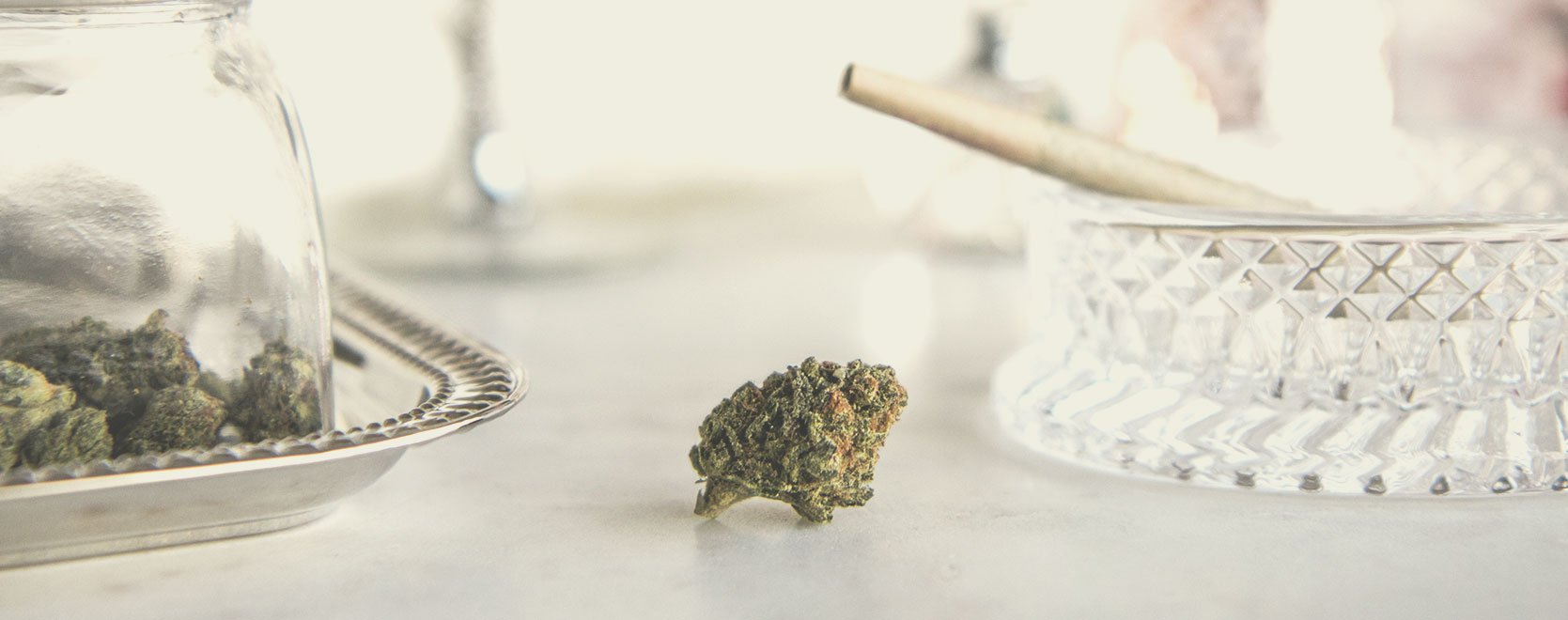
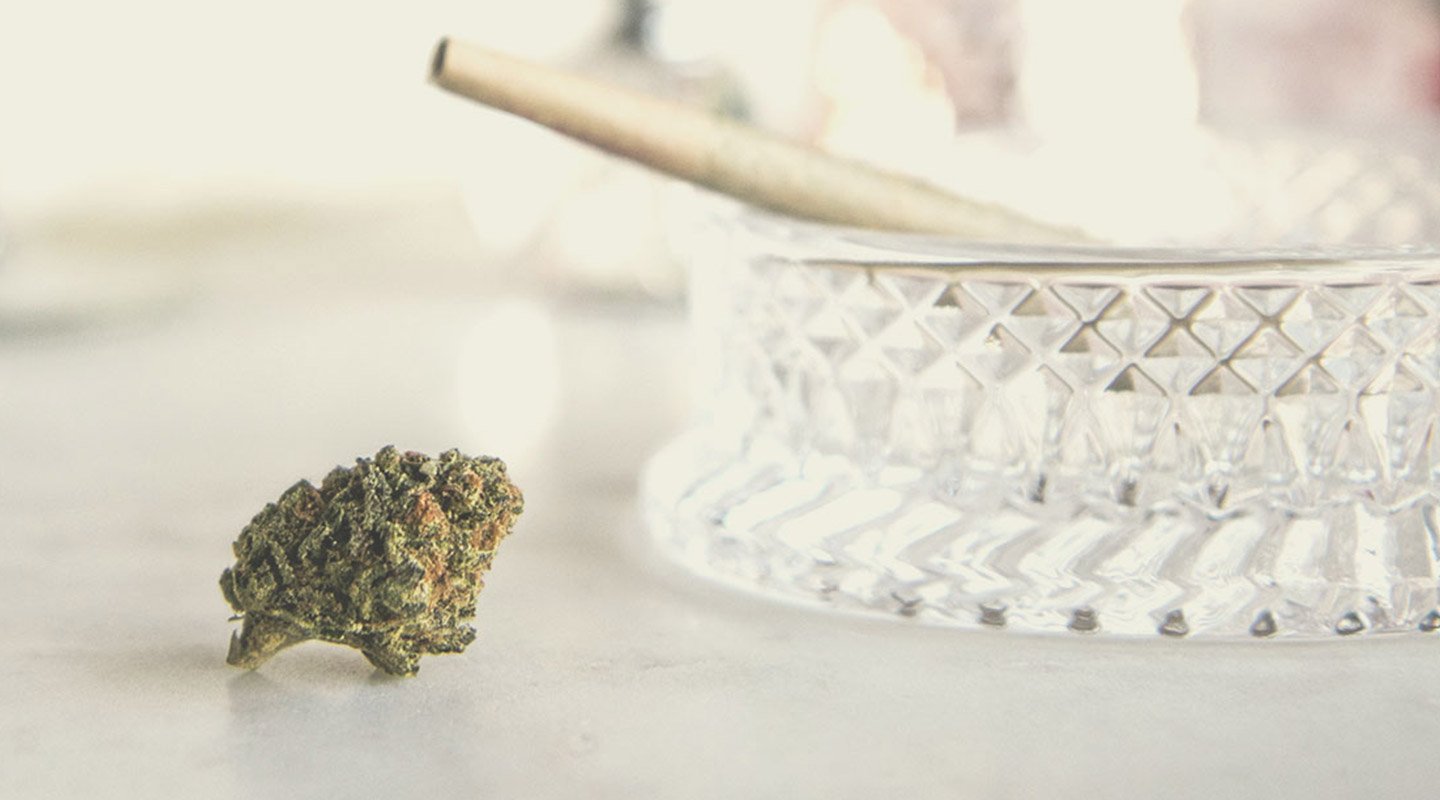
Contents:
- How cannabis works in the body
- Different ways to consume cannabis
- The negative effects of using cannabis
- Is cannabis dangerous?
- Is cannabis addictive?
- The principles of responsible cannabis use
- Other steps to maintain a responsible relationship with cannabis
- Are you struggling with cannabis use?
- Cannabis withdrawal symptoms
- How to smoke weed responsibly
- Are you stuck in a rut?
Millions of people across the world use cannabis. Many enjoy using the herb recreationally to wind down, relax, boost creativity, and connect with others. It’s no secret that cannabis produces euphoria and makes us feel happy. Even the most mundane tasks suddenly become mildly entertaining after hitting a joint. But this positive effect can backfire. After some time, users may find themselves depending on cannabis to feel any positive emotions at all.
At Royal Queen Seeds, we advocate for the responsible use of cannabis. We believe the herb should enhance one’s life, not hinder it. Responsible use helps an individual hit that sweet spot when it comes to cannabis consumption. Instead of relying on the plant to function, it can be utilised during special moments wherein one can really appreciate what it has to offer.
Below, you'll discover the principles of responsible cannabis use. But first, to provide a strong foundation, you'll learn how cannabis works in the body, and the potential negative effects of using cannabis.
How Cannabis Works in the Body
Have you heard of the endocannabinoid system (ECS)? This network allows cannabis to work in a very unique way inside the body. Known as our “universal regulator”, the ECS helps to keep every other system in our body working smoothly. It features three main parts: receptors, signalling molecules called endocannabinoids (“endo” means “within”), and enzymes.
Almost every cell in the body possesses cannabinoid receptors, and our endocannabinoids bind to these sites to create physiological changes. They’re involved in regulating pretty much everything, including neurotransmitter firing, skin health, and bone density.
It just so happens that cannabis contains cannabinoids too, except these chemicals are known as phytocannabinoids (“phyto” means “plant”). In fact, it was the discovery of phytocannabinoids that led to the revelation of the ECS. In short, phytocannabinoids can bind to cannabinoid receptors inside the body because they share a similar structure to endocannabinoids.
If you're reading this article, you’ve probably heard of THC. As the main psychotropic constituent in cannabis, this molecule binds to CB1 cannabinoid receptors in the brain, catalysing a high. Every time you smoke a joint or eat an edible, you’re intaking molecules that alter the functioning one of the most important systems inside the human body.
Different Ways To Consume Cannabis
There are plenty of ways to consume or otherwise intake cannabis. Humans have enjoyed the herb for thousands of years, though our ancestors were limited to smoking, eating, and drinking it. Many of us still enjoy these methods, but modern technology allows us to consume cannabis in new and exciting ways as well.
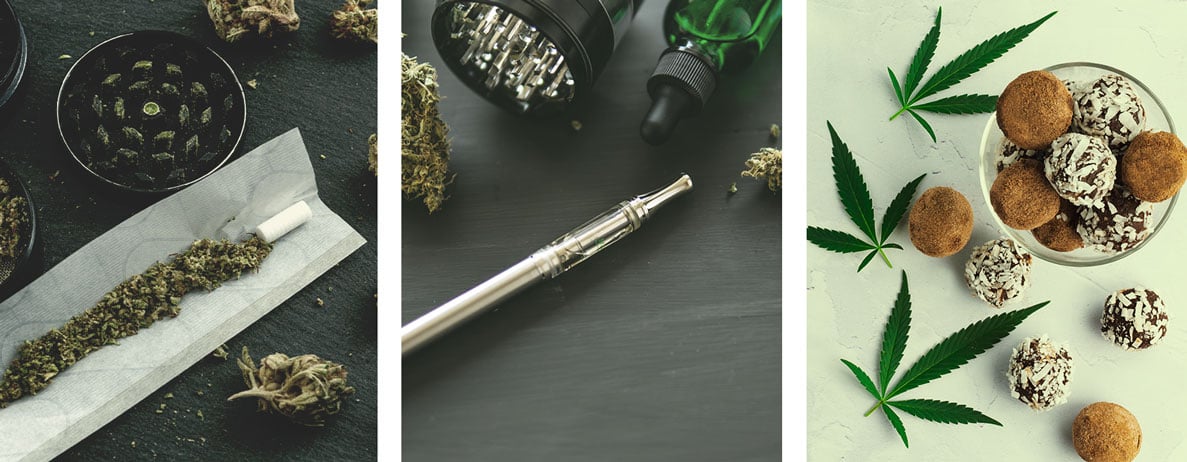
Smoking
Some of the most popular smokable cannabis products include flower, hash, kief, and dabs. As well as choosing what to smoke, cannabis users can also choose how they want to smoke it. Common methods include joints, blunts, bongs, and pipes.
Smoking cannabis offers a rapid onset of effects. Upon inhalation, cannabinoids pass through the alveoli of the lungs into the blood, then enter the brain. Although an efficient way to get high, there are some obvious negative effects of smoking weed. Exposing cannabis to high temperatures causes combustion, which releases carcinogens and toxins.
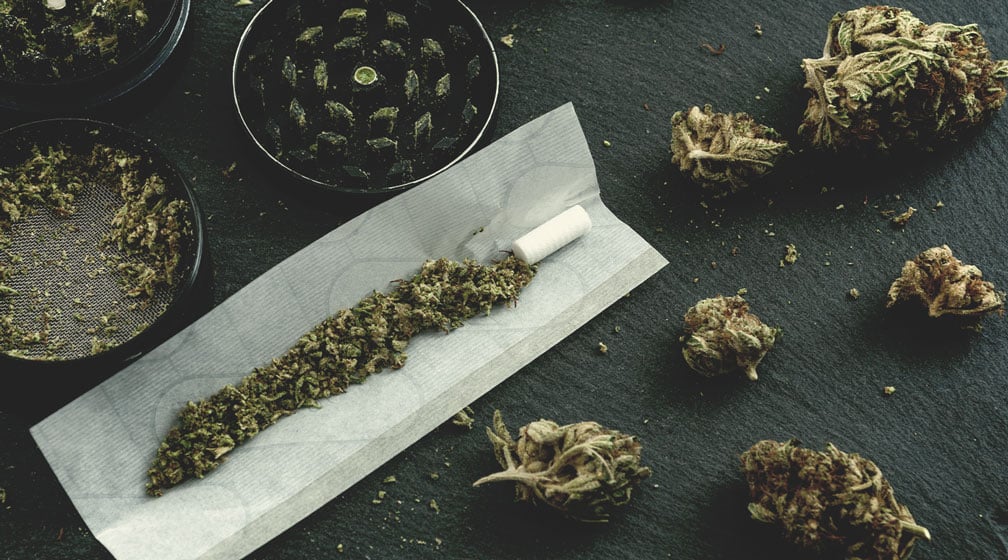
Vaping
Vaping utilises lower temperatures than smoking. It provides enough heat to vaporize cannabinoids, terpenes, and other target chemicals without combusting the plant material. As a result, it exposes users to fewer harmful chemicals while matching smoking’s fast onset.
There are many types of vaporizers to choose from, including large desktop models suitable for home use and portable pens ideal for vaping on the go. Different vapes are compatible with different products, including flower (buds), hash, and concentrates.
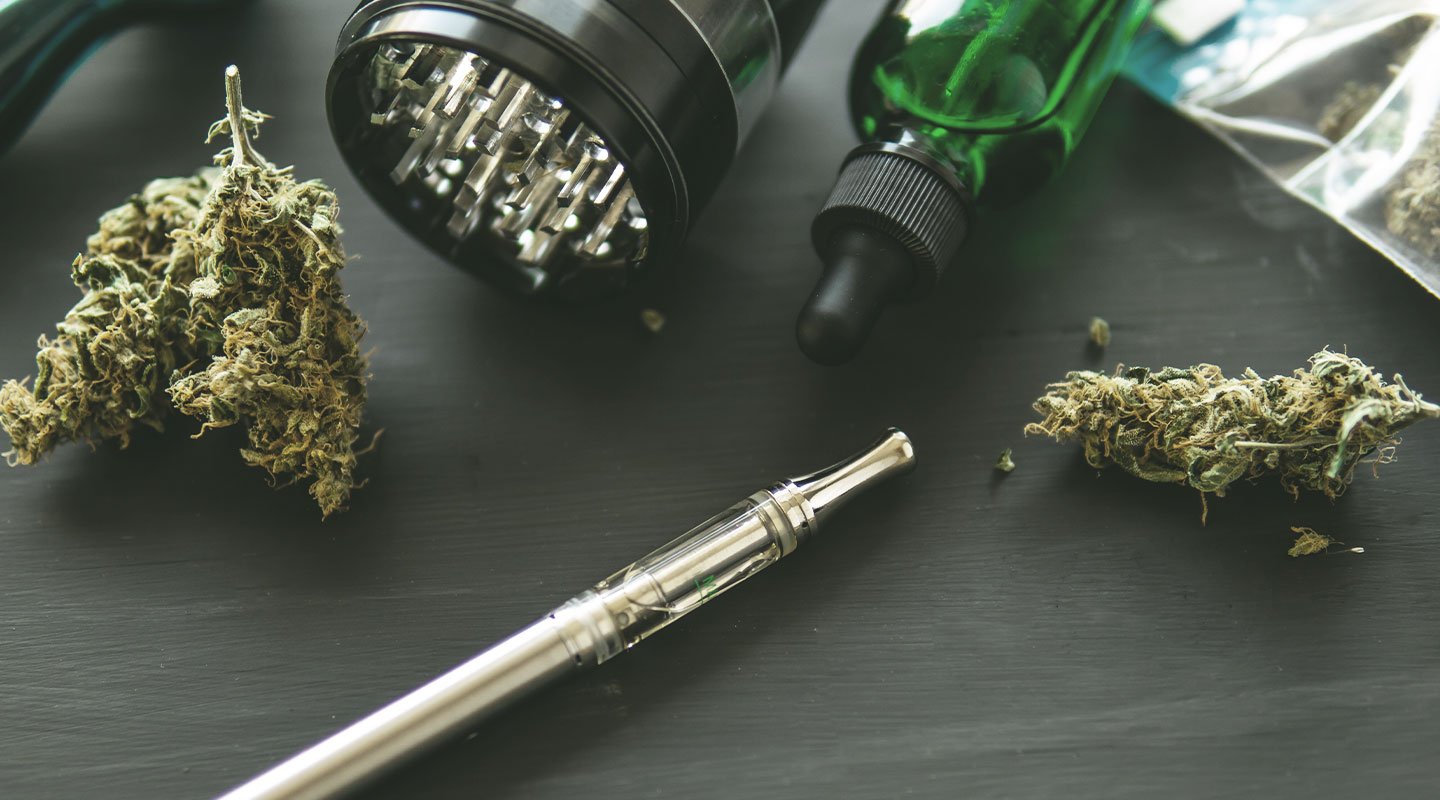
Edibles
If you’ve ever gobbled down an edible, you'll know they produce a very different effect to inhaling cannabis. Infused brownies, cakes, and drinks offer a high that hits harder and lasts longer.
But why do edibles hit so hard? The secret lies in how the body processes THC after we eat it. This route of administration sends the molecule through the digestive system and then the liver, which recognises it as a foreign substance. The liver uses enzymes to break it down, which converts it into the metabolite 11-hydroxy-THC, a much more potent molecule.
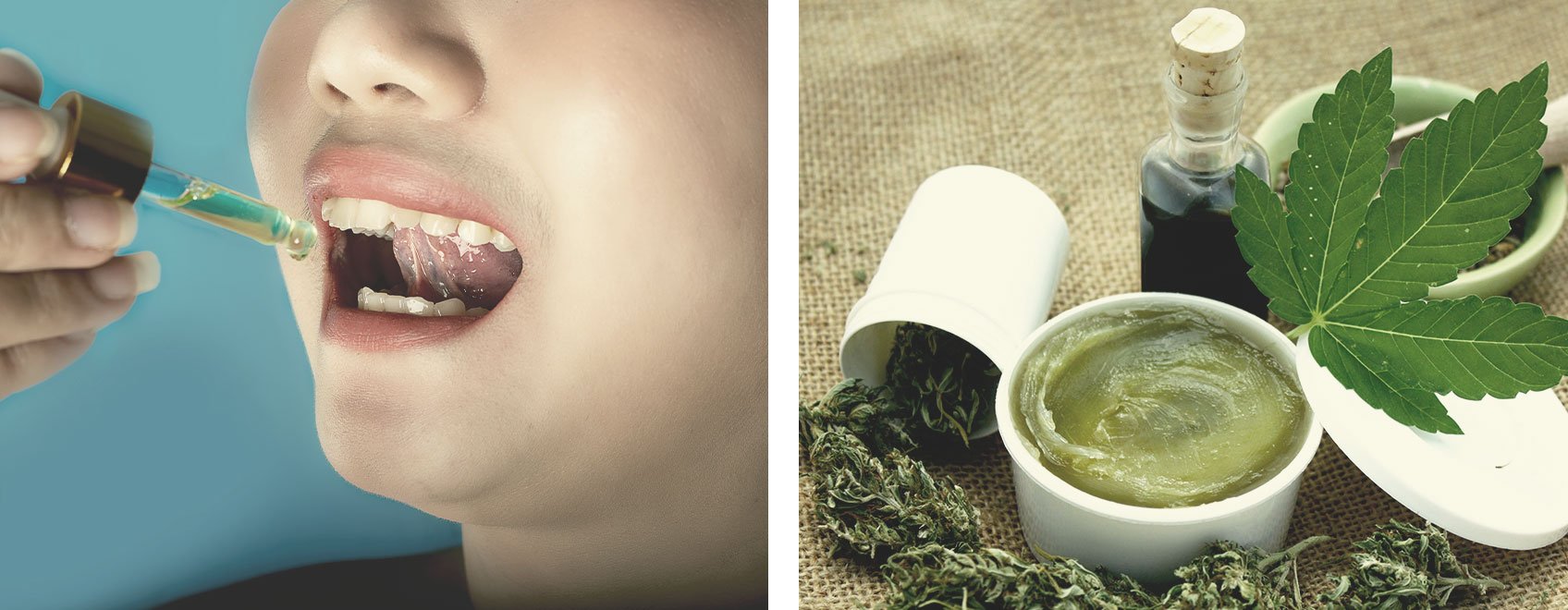
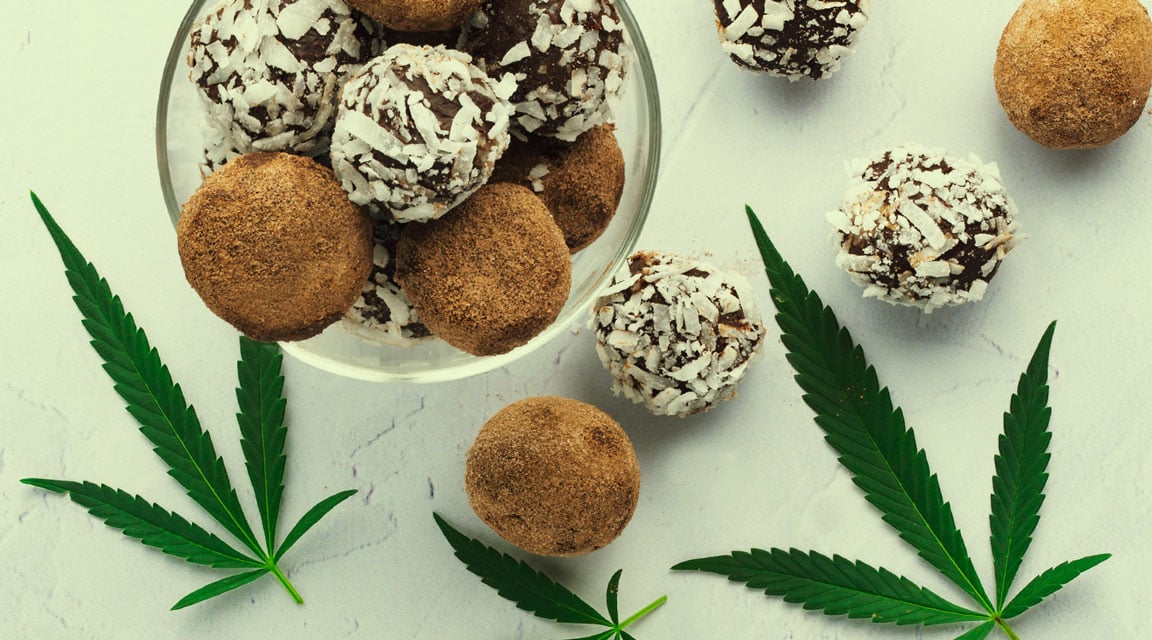
Sublingual
Sublingual administration refers to placing a substance under the tongue. In the case of cannabis oils and tinctures, this grants THC and other cannabinoids near-instant access to the bloodstream. They diffuse through a thin layer of tissue into the capillary bed, before being whisked off to the brain.
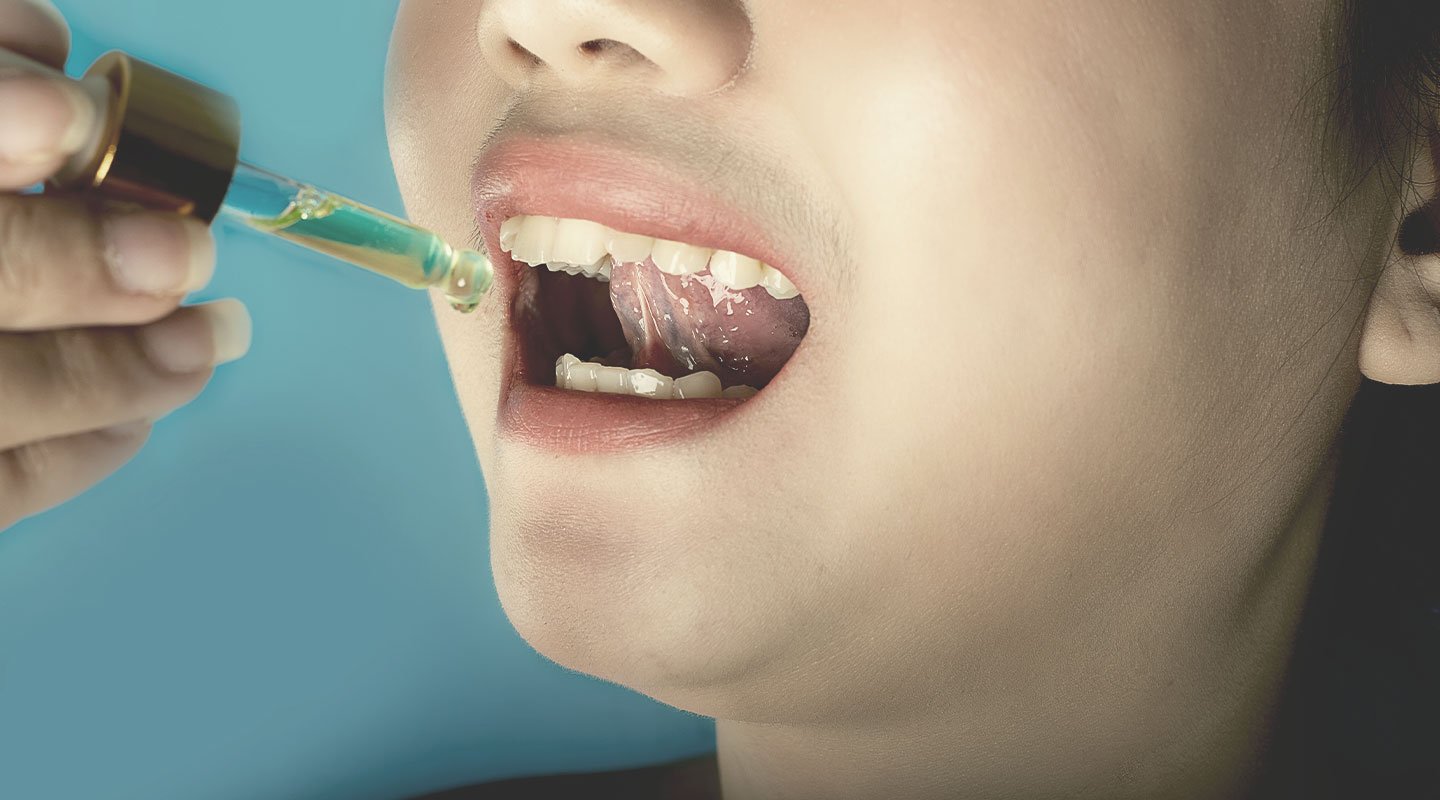
Topical
Remember when we told you the ECS occupies the entire body? Well, it also shows up in the skin, where it regulates cell proliferation, differentiation, and general health.
Cannabis topical products such as balms, creams, and lotions can target cannabinoid receptors in the skin. However, only a very small amount of cannabinoids applied to the skin will penetrate the bloodstream, so don’t expect to get high after slathering your arms with THC-rich cream. That said, some companies have developed transdermal patches and other delivery systems that enhance the absorption of THC and other cannabinoids through the skin.
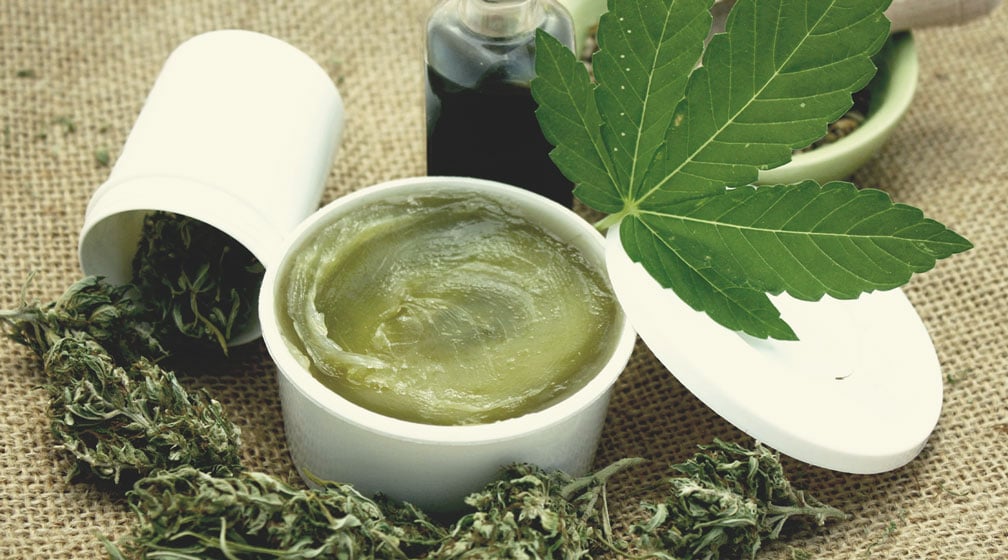
The Negative Effects of Using Cannabis
Cannabis has a reputation as a safe, natural substance. Compared to many other drugs, cannabis does boast a much more impressive safety profile. When reading about weed online, you’ll often come across comments such as “cannabis never killed anyone” and “it’s impossible to overdose from cannabis”. But speaking in absolutes almost always stems from bias. Let’s take a look at the facts around cannabis safety, including negative effects, overdosing, and deaths.
Short-Term Effects
Cannabis users sometimes experience acute negative effects. These can occur after only using cannabis in small amounts, and for short periods of time. They include:
| Anxiety | Confusion | Paranoia | Nausea | Impaired memory | Greening out |
| Anxiety | Confusion |
| Paranoia | Nausea |
| Impaired memory | Greening out |
Long-Term Effects
Too much of a good thing can be bad—no substance on Earth escapes this axiom. Using cannabis in high volumes and for long periods can result in more serious physical and mental health issues, such as:
| Altered brain development (mainly in teenagers) | Reduced satisfaction and alterations in the reward system of the brain | Cannabis hyperemesis syndrome | Lung issues due to frequent smoking | Depression (there’s an association, but no clear evidence) | Increased risk of psychosis |
| Altered brain development (mainly in teenagers) | Reduced satisfaction and alterations in the reward system of the brain |
| Cannabis hyperemesis syndrome | Lung issues due to frequent smoking |
| Depression (there’s an association, but no clear evidence) | Increased risk of psychosis |
Is It Possible To Overdose From Cannabis?
There are no recorded overdose deaths from people using cannabis alone. Drugs such as opioids cause frequent overdose deaths because they depress the breathing centres of the brain. The lack of cannabinoid receptors in these regions means cannabis overdose deaths are almost unheard of.
Is Cannabis Dangerous?
There’s no simple answer to this question. Cannabis can both help and harm. While the plant can exacerbate mental illness and cause adverse physical reactions in some people, many users tolerate the herb well.
However, cannabis can be lethal in very rare circumstances. But these deaths aren’t associated with a typical overdose. There are at least two recorded deaths[1] of patients with cannabis hyperemesis syndrome. This condition causes a toxic reaction to THC that involves frequent vomiting and abdominal pain, and is likely spurred by genetic predisposition.
How Does Weed Compare to Other Drugs?
When looking at the fatality statistics of other drugs, it’s clear that cannabis scores much higher in safety. Opioids and alcohol kill millions of people every year, whereas deaths directly caused by cannabis overdose are virtually non-existent.
Is Cannabis Addictive?
Cannabis addiction, known as marijuana use disorder, is, in fact, a real diagnosis. Some people can sustain a healthy relationship with cannabis for decades without suffering from addiction. Yet some people become dependent on marijuana after only using the plant for a brief time.
Every time we consume THC, we light up neurons involved in the brain's reward circuit, and our nervous system starts to value the relaxation and euphoria. Some people happily enjoy the occasional joint or edible and don’t feel the need to constantly saturate their CB1 receptors with THC. But genetic and psychological differences mean some users swiftly develop an affinity for cannabis that manifests as abuse.
The National Institute on Drug Abuse states that approximately 30% of cannabis users[2] experience some degree of dependency. In the United States alone, 4 million cannabis users met the criteria of cannabis use disorder in 2015, and 140,000 of these individuals sought treatment for their abusive relationship with the plant.
People that experience marijuana use disorder display several hallmark symptoms, including:
| Lethargy | Paranoia | Social withdrawal | Depression | Irritability | Loss of interest in previous hobbies | Attempting to stop using cannabis but returning to old patterns of use |
| Lethargy | Paranoia | ||||||
| Social withdrawal | Depression | ||||||
| Irritability | Loss of interest in previous hobbies | ||||||
| Attempting to stop using cannabis but returning to old patterns of use | |||||||
|---|---|---|---|---|---|---|---|
People that develop marijuana use disorder often start out using cannabis functionally. But this pattern of behaviour can quickly decline into using cannabis in more abusive and reckless ways. Sufferers may find themselves putting cannabis before anything else, smoking every couple of hours, failing to complete standard daily tasks, and letting relationships autumn to the wayside.
The Principles of Responsible Cannabis Use
Now you’re familiar with the negative side of cannabis. But what does healthy and responsible cannabis use look like? A long list of successful business people, athletes, and celebrities use cannabis regularly, yet still lead fulfilling and fruitful lives. Most of us can harness cannabis in a positive way, but we need to approach the herb with the right mindset.
The National Organisation for the Reform of Marijuana Laws (NORML) knows a thing or two about cannabis, and actively lobbies the US government in favour of the plant. The group has also proposed a list of principles that define responsible cannabis use. Check them out below.
| Adults Only | Young people can’t access alcohol and certain prescription drugs. Many substances simply affect younger bodies in different ways. The same restriction should apply to cannabis. Although many people reading this will have experimented with cannabis in their teenage years, the herb can negatively impact brain development and lead to mental health challenges later in life. |
| Don't Smoke (or Eat) and Drive | Cannabis impacts our judgement, reaction time, and motor coordination, making it unsafe to consume[3] before sitting behind the wheel. Responsible cannabis users should never head out for a drive after hitting a blunt or consuming edibles, as it may put themselves and others at risk. |
| Be Mindful of Where You Use Cannabis |
American psychologist and psychedelic advocate Timothy Leary coined the term “set and setting”. He developed the concept as a means of optimising hallucinogenic experiences and minimising the risk of bad trips. Cannabis users can also harness this principle to reduce the chances of having a hard time while high. “Set” refers to the user’s mindset when using cannabis. Being in a good state of mind will increase the odds of a pleasant experience. The herb tends to force us to confront things we’re putting off or suppressing, which can be unsettling. “Setting” refers to where you are when you use cannabis, and who you're with. Where are you smoking or vaping? Do you tolerate THC better in a crowded, social space, or out in nature alone? Learning where you have the best experience will make for a more pleasant and productive relationship with the herb. |
| Resist Abuse |
This sounds simple, right? Of course, responsible cannabis users should seek to resist using cannabis to the point that it impairs health, personal development, and achievement. Some of us have more control over our cannabis use, and can easily put this boundary in place. For those that struggle with addictive tendencies, finding the balance will pose a much bigger challenge. |
| Respect the Rights of Others |
Responsible cannabis users should recognise that not everybody shares their views on cannabis. We need to consider how our cannabis use might affect others. Hitting a blunt at a bus stop or park might be perceived as intrusive to people that don’t appreciate the smell or smoke. Consider others when using cannabis, especially in public spaces. |
| Adults Only |
|
Young people can’t access alcohol and certain prescription drugs. Many substances simply affect younger bodies in different ways. The same restriction should apply to cannabis. Although many people reading this will have experimented with cannabis in their teenage years, the herb can negatively impact brain development and lead to mental health challenges later in life. |
| Don't Smoke (or Eat) and Drive |
|
Cannabis impacts our judgement, reaction time, and motor coordination, making it unsafe to consume[3] before sitting behind the wheel. Responsible cannabis users should never head out for a drive after hitting a blunt or consuming edibles, as it may put themselves and others at risk. |
| Be Mindful of Where You Use Cannabis |
|
American psychologist and psychedelic advocate Timothy Leary coined the term “set and setting”. He developed the concept as a means of optimising hallucinogenic experiences and minimising the risk of bad trips. Cannabis users can also harness this principle to reduce the chances of having a hard time while high. “Set” refers to the user’s mindset when using cannabis. Being in a good state of mind will increase the odds of a pleasant experience. The herb tends to force us to confront things we’re putting off or suppressing, which can be unsettling. “Setting” refers to where you are when you use cannabis, and who you're with. Where are you smoking or vaping? Do you tolerate THC better in a crowded, social space, or out in nature alone? Learning where you have the best experience will make for a more pleasant and productive relationship with the herb. |
| Resist Abuse |
|
This sounds simple, right? Of course, responsible cannabis users should seek to resist using cannabis to the point that it impairs health, personal development, and achievement. Some of us have more control over our cannabis use, and can easily put this boundary in place. For those that struggle with addictive tendencies, finding the balance will pose a much bigger challenge. |
| Respect the Rights of Others |
|
Responsible cannabis users should recognise that not everybody shares their views on cannabis. We need to consider how our cannabis use might affect others. Hitting a blunt at a bus stop or park might be perceived as intrusive to people that don’t appreciate the smell or smoke. Consider others when using cannabis, especially in public spaces. |
Other Steps To Maintain a Responsible Relationship With Cannabis
The above principles set out a great framework for responsible cannabis use, but there are some other logical considerations to take into account when it comes to using cannabis safely.
-
Don’t Use Cannabis While Pregnant or Breastfeeding
Women should not use cannabis during pregnancy and breastfeeding. Cannabis molecules, including THC, can reach children in the womb and through breast milk following birth. Using cannabis during this time can expose children to cognitive, social, and motor defects[4].
-
Don’t Mix Cannabis With Alcohol
Drinking before using cannabis can intensify the effects of THC, and mixing cannabis with alcohol in general can increase the likelihood of a negative experience. While some users have found their sweet spot using both substances, combining them can increase the odds of greening out.
-
Don’t Use Cannabis While Taking Certain Medications
A total of 380 drugs interact with cannabinoids, 26 of which do so in a serious way. Patients should consult their doctor before using the herb if taking prescription medication.
-
Stash Your Herb Mindfully
Using cannabis responsibly also includes keeping your herb stashed safely. Store your weed in a discreet and secure place—ideally in an airtight glass container that will conceal the smell. Keep your container out of reach of pets and children. Use a lock to minimise the chance of any unwanted break-ins.
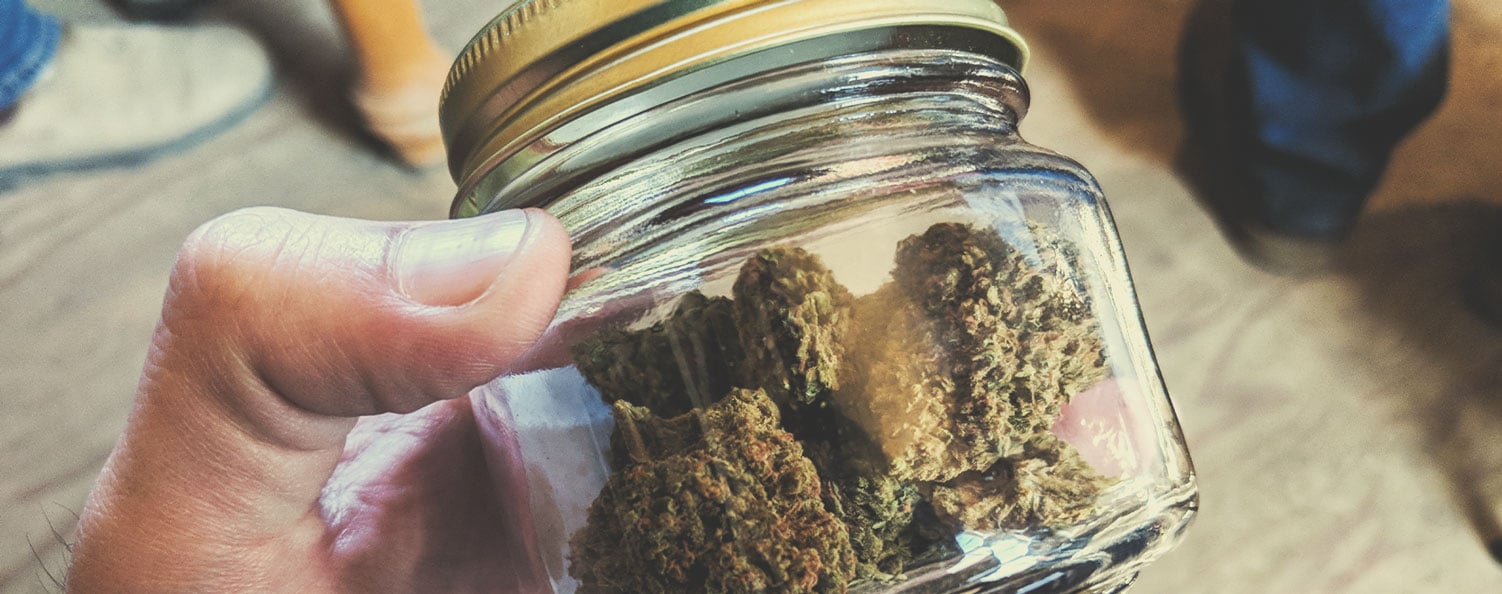
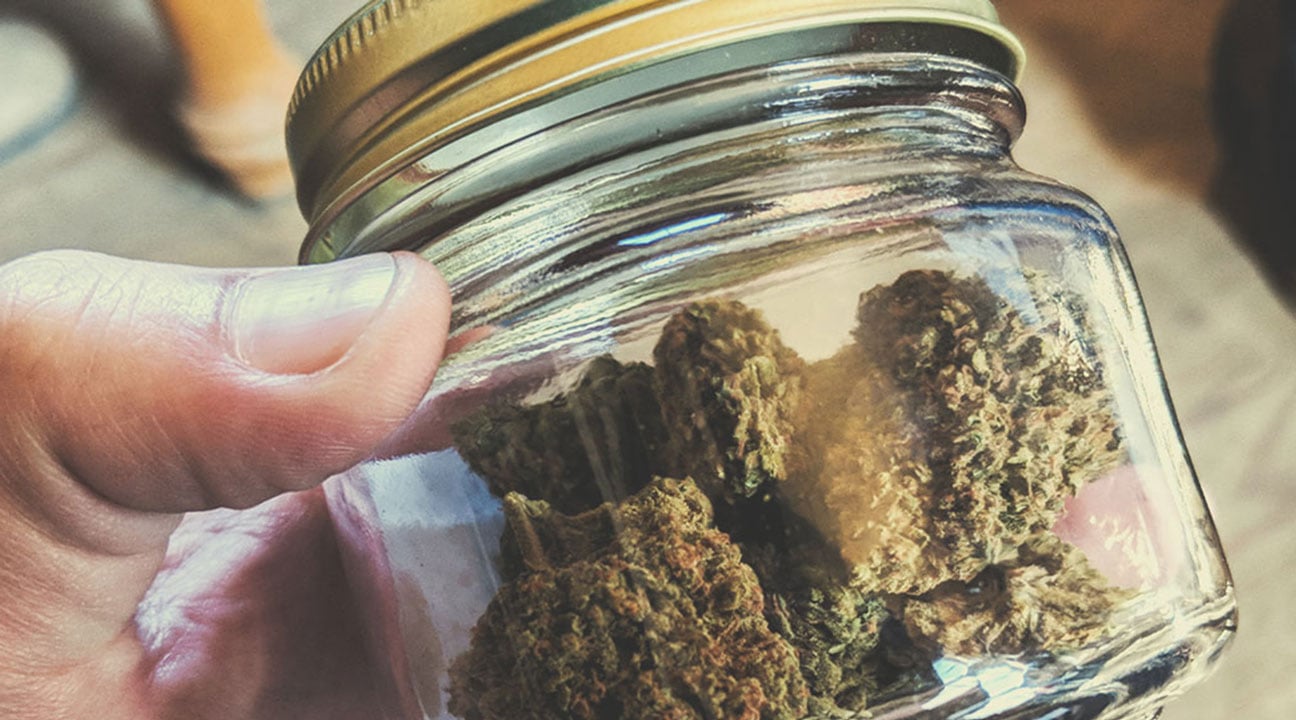
Are You Struggling With Cannabis Use?
Self-reflection helps us review our lives, find areas where we’re lagging, and identify how we can improve. It’s healthy to ponder our cannabis use from time to time. Is hitting a vape every 30 minutes helping you live your best life, or could you achieve a lot more if you chose a path of moderation instead?
If you conclude that you’re using cannabis in an unhealthy way, there are plenty of steps you can take to rectify this. Taking a tolerance break can help you clear your head, reflect on your cannabis use, and physically reset your brain to improve your response to the herb in the future.
- Why Start?
First and foremost, taking a tolerance break can help improve your life if you’re using too much weed. Taking time off will help you regain a feeling of control and give you plenty of time to pursue other things. Plus, you’ll give your endocannabinoid system a breather.
Long-term use of high-THC cannabis causes downregulation of CB1 receptors, the sites that THC binds with to produce its effects. This means you need more cannabis over time to feel the same effects. Remember the first few times you ever smoked? It probably took a couple of hits to feel sky-high. After several months of cannabis use, CB1 downregulation means you need to smoke much more to feel a high of the same magnitude.
During a tolerance break, cells start to express more CB1 receptors again. After a few weeks of abstinence, you’ll find it takes much less to get high. This means you likely won’t need to use anywhere near as much cannabis to feel satisfied.
- It Won’t Be Easy
Stopping any habit requires discipline and effort. Some people can tolerate going cold turkey, but you might need to slowly reduce your consumption over time to make starting a tolerance break easier. You might also experience some withdrawal symptoms if you stop too suddenly (more on that below).
- Use Exercise as a Substitute
Exercise serves as an antidote to a lot of problems. Not only does it keep us physically healthy, but it helps to keep our mental health in check. Exercise also increases our endocannabinoid levels. Aerobic exercise, such as running, cycling, and swimming, forces our body to produce higher levels of anandamide (the bliss molecule), which helps to improve our mood.
- Double-Down on Your Passions
Sometimes, smoking a joint can fill us with motivation and help us zone in on our passions. But there’s no denying that getting high can also contribute to laziness and avoiding doing what we love. Use your spare time and mental clarity to pour more energy into your passions. Not only will this help to distract you, but you’ll probably see your productivity skyrocket during this period.
Cannabis Withdrawal Symptoms
It comes as a surprise to many weed users that cannabis withdrawal syndrome exists. People often assume that, because of its natural status and relative safety, cannabis poses no issues when it comes to suddenly stopping. Fortunately, cannabis withdrawal symptoms are far less rough than those of other substances, but they can still take a significant mental and physical toll. They include:
| Irritability | Sleep troubles | Headaches | Flu-like symptoms | Anxiety and depression |
| Irritability | Sleep troubles | ||||||
| Headaches | Flu-like symptoms | ||||||
| Anxiety and depression | |||||||
|---|---|---|---|---|---|---|---|
Cannabis withdrawal typically takes place over four weeks. Here’s what the timeline looks like:
- Week 1: Irritability, anxiety, and sleeping problems set in
- Week 2: Withdrawal symptoms peak, and flu-like symptoms often start
- Week 3: Symptoms begin to decline
- Week 4: Cannabinoid receptors begin to upregulate, and symptoms dissipate
Cannabis withdrawal symptoms suck, but there are a few things you can do to take the edge off. Here are a few tips to make the ride less bumpy:
| Stay hydrated | Stay active, exercise | Eat a balanced diet | Practise relaxation techniques such as meditation | Get to bed early | Stay social and seek support from family and friends |
| Stay hydrated | Stay active, exercise |
| Eat a balanced diet | Practise relaxation techniques such as meditation |
| Get to bed early | Stay social and seek support from family and friends |
How To Smoke Weed Responsibly
After taking a tolerance break, you might choose to start using cannabis again. You gave yourself time to reflect, improved your diet and sleep schedule, and hopefully exercised more too. So, where does cannabis fit into this new healthy lifestyle? What can you do to make sure your marijuana use remains balanced? Find out below.
| Choose the Best Time of Day | There’s a time of day for everything. Coffee works best in the morning, while tranquil herbal teas are ideal before bed. But what about cannabis? We recommend saving cannabis as a reward during downtime. Using the herb suddenly becomes much more enjoyable once you’ve completed all of your tasks for the day. |
| Reserve Cannabis for Social Gatherings | Our frequent behaviours quickly solidify into patterns. If you start using cannabis at home alone again, you’ll probably find yourself back in the same loop. Why not reserve these special effects for social gatherings and experience them with friends? Enjoy the social side of cannabis and ride the wave of giggles and munchies with people you value. |
| Pace Yourself |
Remember, your CB1 receptors have just multiplied. Don’t start out dabbing or chomping edibles. Take things slow, and find your sweet spot. Once you reach it, stay there for a while and enjoy it before you come down. There’s no need to fire up every last scrap of weed in your house. |
| Save Your Stash for Special Occasions |
Smoking cannabis can enhance our experiences. Instead of smoking weed in the same room every day, save it for those memorable experiences. Hit a vape on the beach or a forest trail, or cook up a batch of edibles before heading out on a camping trip. |
| Consider Different Cannabinoid Profiles |
Modern cannabis users aren’t limited to THC. You can also choose high-CBD strains for a clear-headed effect, without getting high at all. There are a bunch of cultivars that offer varying THC and CBD ratios, providing the best of both worlds. Find out which strains work best for you when it comes to staying productive, balanced, and healthy. |
| Choose the Best Time of Day |
|
There’s a time of day for everything. Coffee works best in the morning, while tranquil herbal teas are ideal before bed. But what about cannabis? We recommend saving cannabis as a reward during downtime. Using the herb suddenly becomes much more enjoyable once you’ve completed all of your tasks for the day. |
| Reserve Cannabis for Social Gatherings |
|
Our frequent behaviours quickly solidify into patterns. If you start using cannabis at home alone again, you’ll probably find yourself back in the same loop. Why not reserve these special effects for social gatherings and experience them with friends? Enjoy the social side of cannabis and ride the wave of giggles and munchies with people you value. |
| Pace Yourself |
|
Remember, your CB1 receptors have just multiplied. Don’t start out dabbing or chomping edibles. Take things slow, and find your sweet spot. Once you reach it, stay there for a while and enjoy it before you come down. There’s no need to fire up every last scrap of weed in your house. |
| Save Your Stash for Special Occasions |
|
Smoking cannabis can enhance our experiences. Instead of smoking weed in the same room every day, save it for those memorable experiences. Hit a vape on the beach or a forest trail, or cook up a batch of edibles before heading out on a camping trip. |
| Consider Different Cannabinoid Profiles |
|
Modern cannabis users aren’t limited to THC. You can also choose high-CBD strains for a clear-headed effect, without getting high at all. There are a bunch of cultivars that offer varying THC and CBD ratios, providing the best of both worlds. Find out which strains work best for you when it comes to staying productive, balanced, and healthy. |
Are You Stuck in a Rut?
If you’re struggling to use cannabis in a healthy manner, you’re not alone. Many people respond well to the tips mentioned above, but others need more help. You don’t have to take all of this weight alone. Start by talking to close friends and family about your situation. If you find you’re still not making the progress you want, consider sharing your issue with a medical professional.
- Cannabinoid Hyperemesis Syndrome Survey and Genomic Investigation https://www.liebertpub.com
- Is marijuana addictive? | National Institute on Drug Abuse (NIDA) https://www.drugabuse.gov
- Does marijuana use affect driving? | National Institute on Drug Abuse (NIDA) https://www.drugabuse.gov
- Cannabis use in pregnancy and breastfeeding: The pharmacist’s role https://www.ncbi.nlm.nih.gov

































